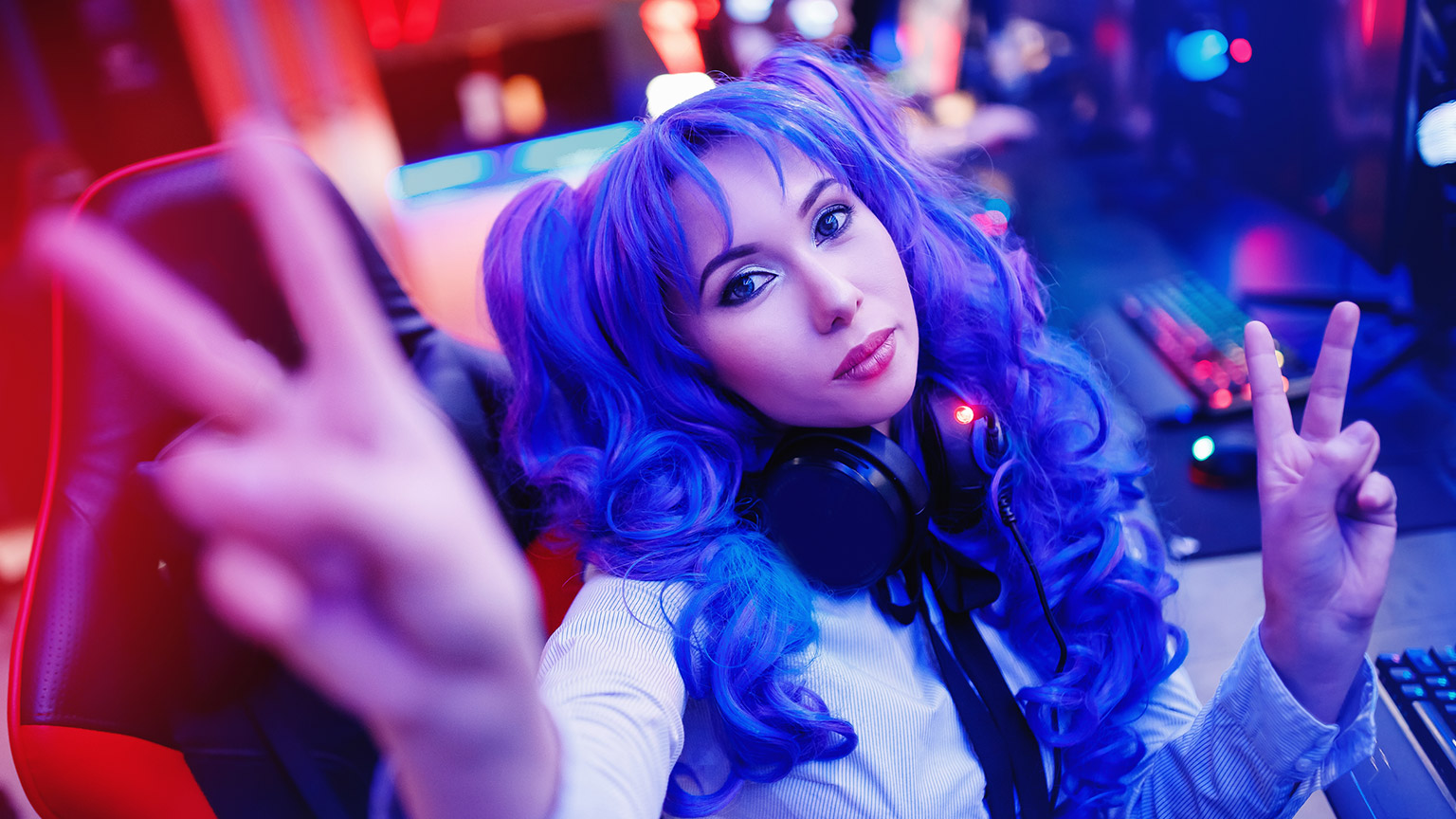The only boundaries for you are those you place on yourselfZoltan Andrejkovics
Before we take a deep dive into eSports events, can you even imagine rugby without the World Cup or yachting without the America's Cup? There would be no famous players or sailors, no one for young children, teenagers even adults to aspire to be. We need such tournaments and competitions to foster local talent and allow fans to engage with their heroes and watch live competitions. This is also true for eSports, where events enormously attract audiences and fans worldwide. As eSports makes its mark in history, let's look to those who have made their passion into a successful career.
Like any other event, in eSports events, certain responsibilities have specific people in charge. We give these responsibilities a name or roles. The responsibilities we are going to observe are the front-end and back-end responsibilities.
The Front-End Responsibility
The term front-end describes people who work visibly to the customer.
The front-end responsibility includes all the different roles that interact with the viewer in some way as part of the entertainment or show. For example, the Host, Casters or Analyst Desk are constantly delivering information to the audience to ensure their engagement with the event. Meanwhile other people while still working at the event, like the camera operators or sound engineers, don’t interact with the audience. in this module’s context, we will include roles such as Host and presenters, shout casters, analysts, and interviewers.
The Back-End Responsibility
The back end responsibility is exclusively for better-delivering information to the audience. For example, admin, referee, observer. Even though they will never interact with the viewership, their jobs are crucial for the experience of the players and viewer. With that being said, both ends interact with the players and the team staff members to facilitate their time on the eSports event.
The following graphic illustrates the front end and back end roles within an event.
While having a fantastic advertising campaign for your event is essential, creating or bringing that event to life is crucial.
Events don't need to be flashy or have massive prize pools in order to be good. The experience you create for the players and spectators matters the most. You want the event to be memorable and be the topic of conversation for weeks, months, or even years to come. Consider the following.
Think of a time when you attended a concert or live sporting event. The entertainment and the performance of the band or the team are the memories you will take away from that event. While you may buy some merchandise, it is not the merchandise you remember, it is the experience.
It is important to remember they are both your customers; their experience must be positive and memorable.
Let’s watch the following video on how tournaments have evolved over time. The video explains the key to success and what enabled the tournament to go from 10 to 10,000 people.
Watch: How Tournaments Go from 10 to 10,000 People (11:12 minutes)
The video talks about how to grow as an eSports event if attendance numbers escalate. From a home to a bar to stadiums. This video summarises the experience of event organisers in how to acquire resources and which problems you will face producing them.
